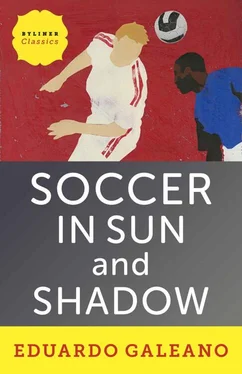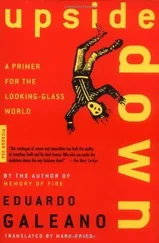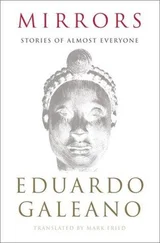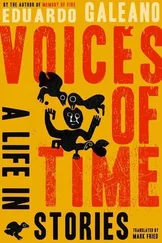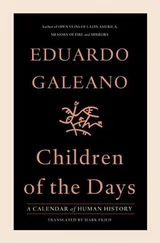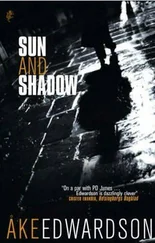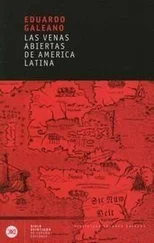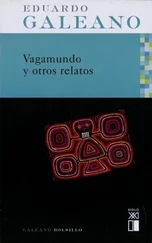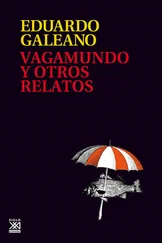This green-eyed mulatto founded the Brazilian style of play. He, or the devil who got into him through the soles of his feet, broke all the rules in the English manuals: to the solemn stadium of the whites Friedenreich brought the irreverence of brown boys who entertained themselves fighting over a rag ball in the slums. Thus was born a style open to fantasy, one which prefers pleasure to results. From Friedenreich onward, there have been no right angles in Brazilian soccer, just as there are none in the mountains of Rio de Janeiro or the buildings of Oscar Niemeyer.
From Mutilation to Splendor
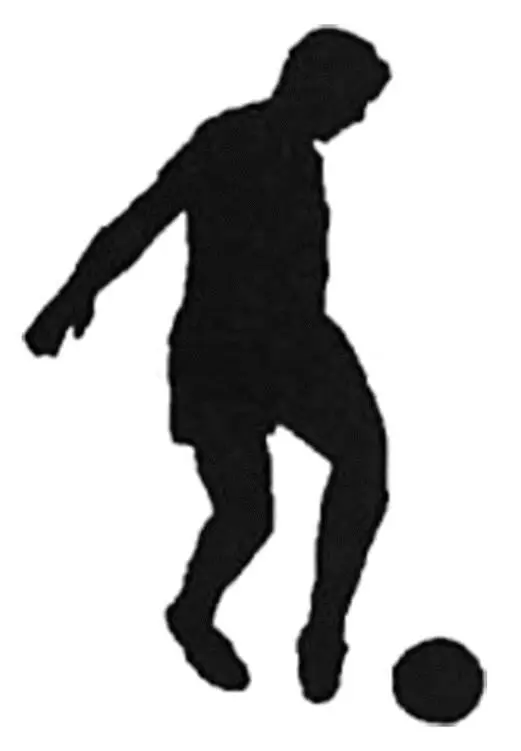
In 1921 the South American Cup was played in Buenos Aires. The president of Brazil, Epitácio Pessoa, issued a decree: for reasons of patriotic prestige there would be no brown skin on Brazil’s national team. Of the three matches they played, the white team lost two.
Friedenreich did not play in that championship. Back then, to be black in Brazilian soccer was simply impossible, and being mulatto was a trial. Friedenreich always started late because it took him half an hour to iron his hair in the dressing room. The only mulatto player on Fluminense, Carlos Alberto, used to whiten his face with rice powder.
Later on, despite the owners of power, things began to change. With the passage of time, the old soccer mutilated by racism gave way to a soccer of multicolored splendor. After so many years it is obvious that Brazil’s best players, from Friedenreich to Romário, by way of Domingos da Guia, Leônidas, Zizinho, Garrincha, Didi and Pelé, have been blacks and mulattos. All of them came up from poverty, and some of them returned to it. By contrast, there have never been blacks or mulattos among Brazil’s car-racing champions, which like tennis requires money.
In the global social pyramid, blacks are at the bottom and whites are at the top. In Brazil this is called “racial democracy,” but soccer is one of very few democratic venues where people of color can compete on an equal footing — up to a point. Even in soccer some are more equal than others. They all have the same rights, but the player who grew up hungry and the athlete who never missed a meal do not really compete on a level playing field. At least soccer offers a shot at social mobility for a poor child, usually black or mulatto, who had no other toy but a ball. The ball is the only fairy godmother he can believe in. Maybe she will feed him, maybe she will make him a hero, maybe even a god.
Misery trains him for soccer or for crime. From the moment of birth, that child is forced to turn his disadvantage into a weapon, and before long he learns to dribble around the rules of order that deny him a place. He learns the tricks of every trade and he becomes an expert in the art of pretending, surprising, breaking through where least expected, and throwing off an enemy with a hip feint or some other tune from the rascal’s songbook.
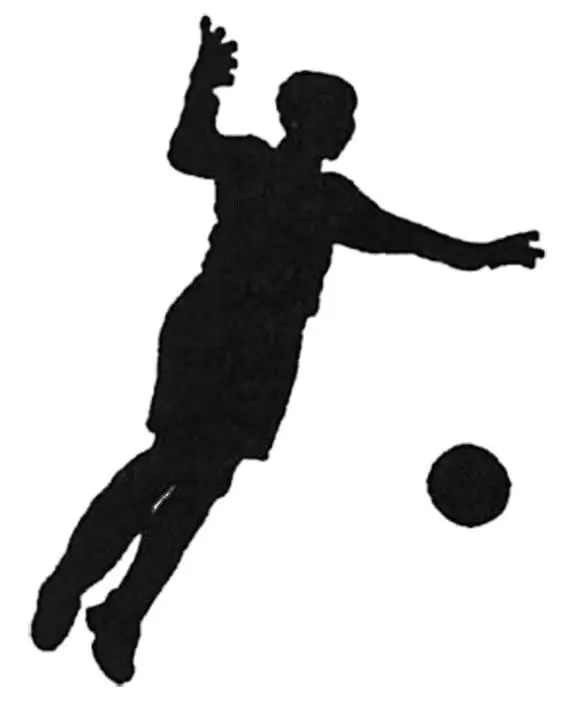
The Second Discovery of America
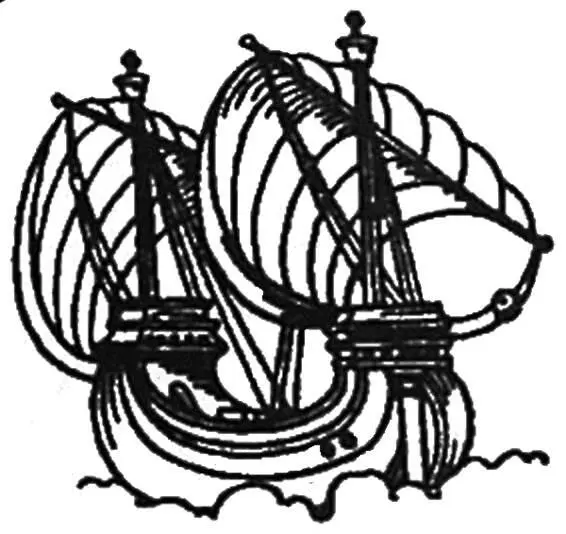
For Pedro Arispe, homeland meant nothing. It was the place where he was born, which meant nothing to him because he had no choice in the matter. It was where he broke his back working as a peon in a packinghouse, and for him one boss was the same as any other no matter the country. But when Uruguay won the 1924 Olympics in France, Arispe was one of the winning players. While he watched the flag with the sun and four pale blue stripes rising slowly up the pole of honor, at the center of all the flags and higher than any other, Arispe felt his heart burst.
Four years later, Uruguay won gold again at the Olympics in the Netherlands. A prominent Uruguayan, Atilio Narancio, who in 1924 had mortgaged his house to pay for the players’ passage, commented: “We are no longer just a tiny spot on the map of the world.” The sky-blue shirt was proof of the existence of the nation: Uruguay was not a mistake. Soccer had pulled this tiny country out of the shadows of universal anonymity.
The authors of the miracles of ’24 and ’28 were workers and wanderers who got nothing from soccer but the pleasure of playing. Pedro Arispe was a meatpacker. José Nasazzi cut marble. “Perucho” Petrone was a grocer. Pedro Cea sold ice. José Leandro Andrade was a carnival musician and bootblack. They were all twenty years old or a little older, though in the pictures they look like old men. They cured their wounds with salt water, vinegar plasters, and a few glasses of wine.
In 1924 they arrived in Europe in third-class steerage and then traveled on borrowed money in second-class carriages, sleeping on wooden benches and playing match after match in exchange for room and board. Before the Paris Olympics, they played nine matches in Spain and won all nine of them.
It was the first time that a Latin American team had played in Europe. Their first Olympic match was against Yugoslavia. The Yugoslavs sent spies to the practice session. The Uruguayans caught on and practiced by kicking the ground and sending the ball up into the clouds, tripping at every step and crashing into each other. The spies reported: “It makes you feel sorry, these poor boys came from so far away.”
Barely two thousand fans showed up. The Uruguayan flag was flown upside down, the sun on its head, and instead of the national anthem they played a Brazilian march. That afternoon, Uruguay defeated Yugoslavia 7–0.
And then something like the second discovery of America occurred. Match after match, crowds lined up to see those men, slippery like squirrels, who played chess with the ball. The English squad had perfected the long pass and the high ball, but these disinherited children, begotten in far-off America, did not walk in their fathers’ footsteps. They chose to invent a game of close passes directly to the foot, with lightning changes in rhythm and high-speed dribbling. Henri de Montherlant, an aristocratic writer, published his enthusiasm: “A revelation! Here we have real soccer. Compared with this, what we knew before, what we played, was no more than a schoolboy’s hobby.”
Uruguay’s success at the ’24 and ’28 Olympics and its subsequent World Cup victories in 1930 and 1950, owed a large debt to the government’s policy of building sports fields around the country to promote physical education. Now, years later, all that remains of the state’s social calling, and of that great soccer, is nostalgia. Several players, like the very subtle Enzo Francescoli, have managed to inherit and renovate the old arts, but in general Uruguayan soccer is a far cry from what it used to be. Ever fewer children play it and ever fewer men play it gracefully. Nevertheless, there is no Uruguayan who does not consider himself a Ph.D. in tactics and strategy, and a scholar of soccer history. Uruguayans’ passion for soccer comes from those days long ago, and its deep roots are still visible. Every time the national team plays, no matter against whom, the country holds its breath. Politicians, singers, and carnival barkers shut their mouths, lovers suspend their caresses, and flies refuse to budge.

Europe had never seen a black man play soccer.
In the 1924 Olympics, the Uruguayan José Leandro Andrade dazzled everyone with his exquisite moves. A midfielder, this rubber-bodied giant would sweep the ball downfield without ever touching an adversary, and when he launched the attack he would brandish his body and send them all scattering. In one match he crossed half the field with the ball sitting on his head. The crowds cheered him, the French press called him “The Black Marvel.”
Читать дальше
